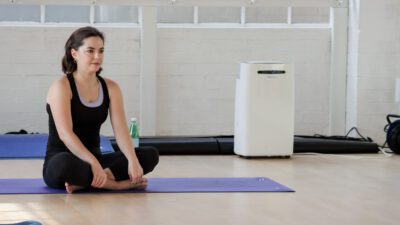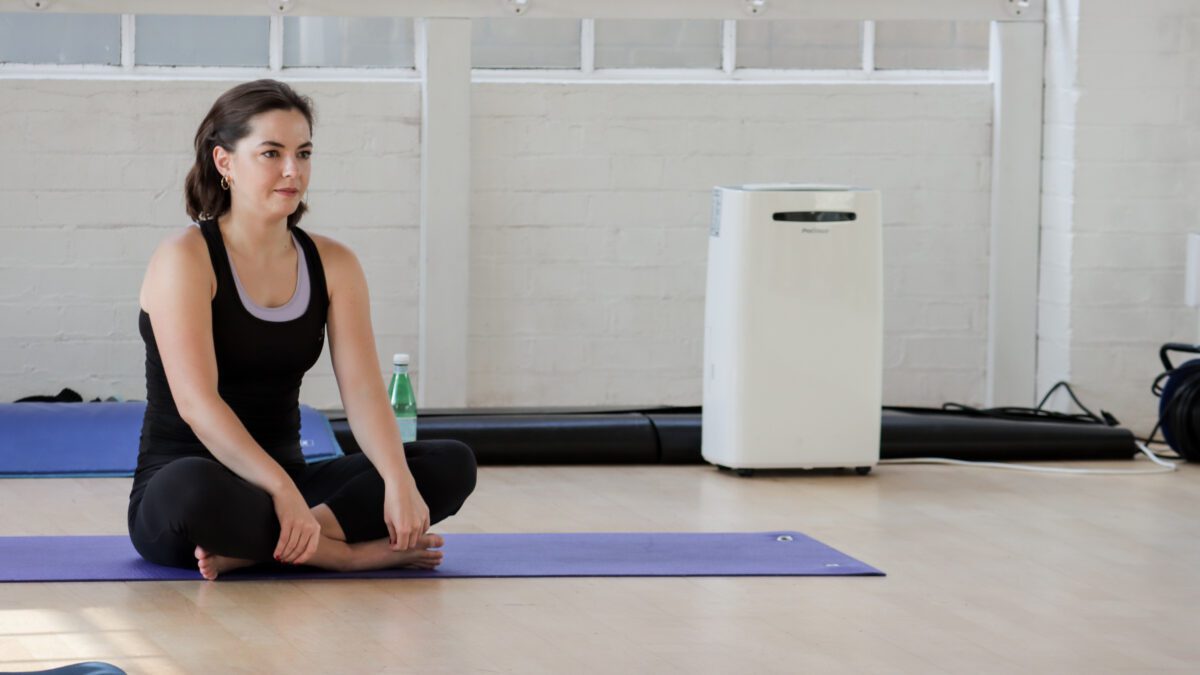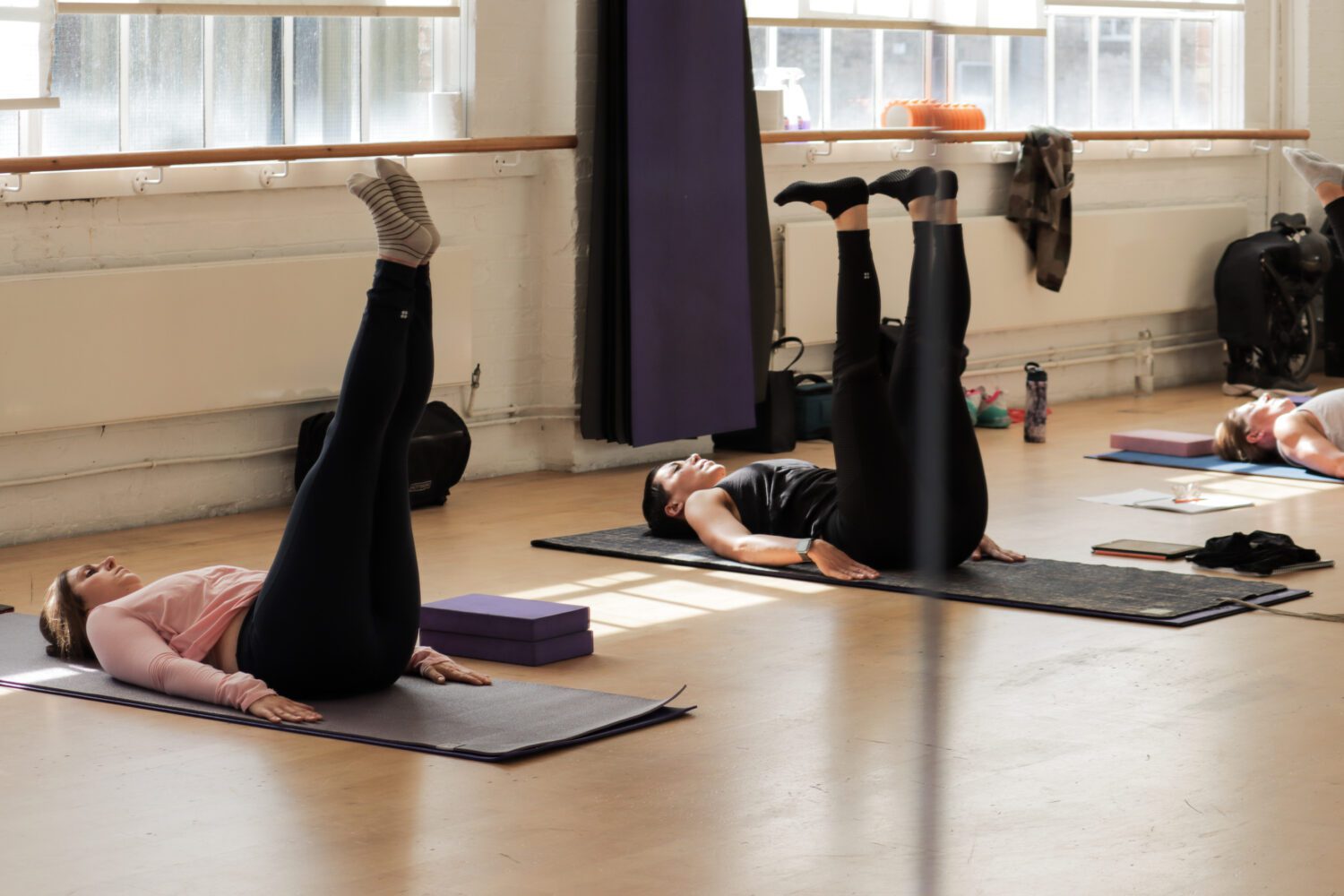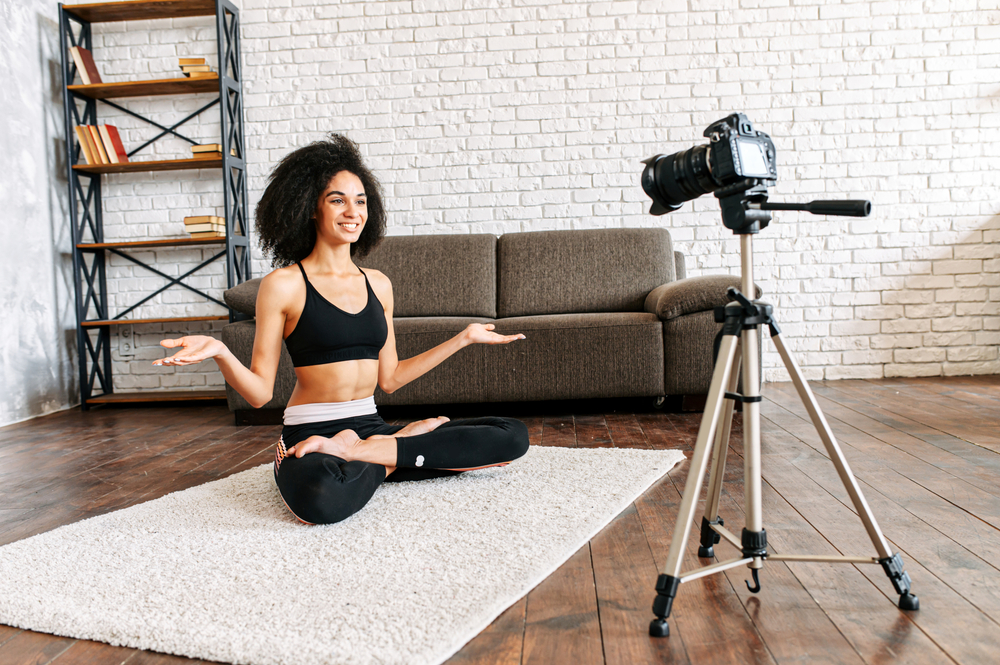



Despite their differences, most people, especially workout novices, usually group Pilates and yoga. While there are a few similarities between these two types of workouts, like they are both low-impact workouts that can be performed on a mat, they are fundamentally very different.
One is a universal practice originating from ancient India, whilst a German scientist developed the other in the early 20th century.
So, which one is best for you?
Both exercises benefit your health and will help you build a toned physique. If you want to find out how they differ from each other in detail, keep reading.
This article will discuss everything about Yoga and Pilates, from types to benefits and equipment.
So, let’s get right to it, shall we?
The main difference is that Yoga focuses more on flexibility and broad muscle groups while Pilates focuses on muscle toning, body control, and core strength.
Yoga will enable you to build endurance, spirituality, and strength while enhancing your balance. Plus, most yoga classes involve you flowing through different poses (like warrior pose, cobra, tree pose, and downward dog) using your body weight as resistance.
Yoga is not typically as fast-paced as Pilates, focusing more on mindfulness and deep breathing throughout the class. Even though there are different types of yoga, the standard practice in most classes involves holding different poses and flowing through multiple movements.
Besides, the chakras, which are the seven energy points within the body, are a major principle that yoga employs

Originally referred to as Contrology, Pilates was designed by Joseph Pilates, a German-born fitness specialist, in the early 20th century. It is a low-impact exercise that focuses on enhancing flexibility, posture and balance while strengthening the muscles. You can use this exercise to target different body parts, such as the abs, hips, glutes, pelvic floor, etc.
Besides, the range of motion in Pilates is what differentiates it from yoga, as with the former, your arms or legs need to be in motion to challenge your core and stability.
Pilates involves stabilizing your core and focusing on body awareness and control before going through the different range of motion exercises. This exercise ensures that you develop your muscles without bulking up – one of the many reasons why people are drawn to it.
While you can do Pilates using only a standard Pilates mat, there is other Pilates equipment such as the Reformer machine, resistance bands, Pilates ring, Pilates chair, Pilates ball, floor gilder discs, springboard, arc barrel, foam roller, ankle weights, and others.
There are six core principles associated with Pilates:
As stated earlier, you can do Pilates with a mat or equipment. Equipment Pilates involves using a reformer machine or Pilates chair to perform the movements, while mat Pilates involves using just a Pilates mat.
Different movements are involved in Pilates, like leg circles, scissors, the hundred, static sidekicks, one leg stretch, shoulder bridge, swan dive, spine twist, arm circles, and roll-up. Pilates classes usually take up to an hour, but you can do Pilates at home using Pilates videos.
Apart from the mat and equipment Pilates, there are other types of Pilates, each with unique tools and purposes. Pilates has since evolved from the original exercises developed by Joseph Pilates, but all the different types still follow the same core principles—precision, flow, control, concentration, centre, and breathing. So, let’s look at some of them, shall we?
This type of Pilates follows the original exercises Joseph Pilates created, combining mat and equipment exercises. Here, you will follow a sequence of exercises and transition between them to give your body a full range of motion.
Contemporary Pilates is a modern variation of classical Pilates that combines contemporary exercises and modern knowledge of the body. It involves modifying the classical Pilates exercises to make them more practical. Different types of Pilates equipment are also used here, and some liberties instructors take include the use of body weight, external resistance, choreography, and other fitness modalities.
Besides, every class differs with the training and style preference of the instructor.
Reformer Pilates involves using the reformer machine, a bad-like platform designed with a sliding carriage and pulling mechanism to add resistance and intensity to your Pilates workouts. The springs on the machine can be altered to fit your resistance level, whether beginner, intermediate, or expert. The best qualification as a Reformer Pilates instructor means establishing a strong foundation for a successful career. The Reformer Pilates method has gathered much recognition for its impact on physical health.
Mat-based Pilates involves doing different Pilates exercises using only a Pilates mat. This type of Pilates is accessible and cheap for everyone, and it is an excellent place to start if you are a beginner. Mat-based Pilates typically focus on learning fundamental movements and enhancing stamina and endurance. The Future Fit Mat Pilates course maintains the authentic classical Pilates approach, preparing you to teach Mat Pilates to individuals of all levels proficiently.

Yoga is a spiritual practice that originated in India, and it combines physical poses, called asanas, with breathing techniques (pranayama). It dates as far back as 5,000 years ago and intends to connect the mind and body by holding these poses and focusing on the breath.
Yoga has roots in Buddhism, shamanism, and other Eastern religions. It focuses on the five beliefs of breathing, diet, exercise, meditation, and proper relaxation to enhance spiritual, physical and emotional health.
There are different types of yoga, with each having distinct intensities. Some of them are outlined below.
This yoga type combines dance-like movements with breathwork, and you will only need to hold different poses for a short time. The movements of this yoga type make it a great way to increase your heart rate.
Hatha Yoga is one of the gentlest forms of yoga, as you are required to move slower than other types. You will hold each pose for just a few breaths, making it the ideal yoga type for beginners.
Bikram yoga is a type of yoga that is done in a room heated to over 100 degrees. The same sequence of movements is usually done in all Bikram studios, so it is easy to get the hang of. However, students are required to be appropriately hydrated all through the exercise.
Yin yoga involves different variations of seated poses typically held for some minutes to stretch connective tissues around the joints and access the deeper fascia layers. It is typically used for rehabilitation and mobility restoration.
Unlike the other types of yoga, Ashtanga involves flowing through a series of specific yoga pose sequences in an orderly manner. There are six specific yoga poses used here, and the constant flow and movement through each pose will help build stability and improve blood circulation. A common Ashtanga practice is moving on to the next series of poses only after you have mastered the previous one.
Restorative yoga is a slow-moving type of yoga involving longer poses for greater relaxation. With this yoga, you will use different props like blocks, bolsters, and blankets to support your body in the different poses. The main aim is to release muscle tension and regain strength.
This yoga type focuses more on body alignment and precision. Each pose is held for a more extended period and using props like ropes, straps, and blocks is standard practice. Also, it is suitable for people with injuries but only with clearance from your doctor.
This is similar to Bikram as it also involves yoga in a heated room, but unlike Bikram, the movements are not the same. Most people opt for hot yoga because the heat increases the intensity of the poses.
This yoga type is very different from typical yoga classes. It involves repetitive movements combined with deep breathing exercises, chanting, meditating, and singing. Also, it is more physically and mentally challenging as it aims to increase self-awareness.
For an added touch of wellness, consider exploring the serene realms of lululemon sweat collective, where your yoga journey can intertwine with the spirit of mindful movement and fashionable comfort.
There are numerous health benefits of Pilates, as it focuses on improving your posture, core strength, and flexibility. Outlined below are some of these benefits.
Pilates movements focus on strengthening and leaning out the muscle tone, resulting in a more toned look with no bulk.
By focusing on control, precision and proper body alignment when doing Pilates, your posture will continue to get better.
The range of motion involved in Pilates will enhance your flexibility and lengthen your muscles. So, the more consistent you are, the more flexible you will be. The core exercise typical for Pilates also helps you improve your balance and body alignment.
The core is vital as it is the centre of all Pilates exercises. You will strengthen your core by constantly doing these exercises and reduce any back pain or pelvic floor dysfunction.
Pilates doesn’t leave you completely worn out, unlike other forms of exercise. Instead, it fills you with energy and a clear mind while relieving stress and pain.
Concentration and control are two of the fundamental principles of Pilates, and they ensure that you have a balance between your body and your mind. Pilates helps to enhance your body awareness, making it quicker for you to respond to stimuli, thereby preventing injuries.
Because Pilates focuses on breath work, it helps to enhance respiration and improves lung capacity.
Regular Pilates exercises will increase your metabolic rate, improving your digestive and immune systems.
Evidence shows that Pilates may benefit people with different health conditions like urinary incontinence, and scoliosis – if you’re experiencing scoliosis and seeking more specific details on scoliosis treatment in adults, understanding the three primary types could be a cornerstone of effective management – joint injuries, respiratory conditions, and arthritis.
Yoga poses bring awareness to body alignment, and they help to strengthen the postural muscles around the jobs, enhancing your posture.
Yoga stretches the muscles, ensuring maintenance or enhancement of flexibility. It also helps to ease lower back pain and neck pain.
The different yoga poses and types enable you to consistently build balance and stability.
Yoga helps to ease stress and stress-related illness like tension headaches, and people that do yoga exercises boast of improved sleep.
Yoga can teach people how to breathe with their diaphragm leading to enhanced vagal tone – the connection to your parasympathetic nervous system.
Yoga has multiple physical and mental benefits, and it helps with different medical issues like chronic pain, anxiety, multiple sclerosis, high blood pressure, arthritis, respiratory conditions, and type 2 diabetes. Additionally, it also eases some of the symptoms associated with menopause and certain travel related ailments.
Now that we have discussed Yoga and Pilates in detail, you can see that although their benefits are similar, the movements and exercises differ.
If you are interested in a faster range of motion, you can opt for Pilates, but if you are more interested in mindfulness and a slower pace, yoga might be the better choice.
Ready to leap into a new career avenue? Consider reaching out for career guidance or enrolling in additional courses to hone your expertise in a specific area. In an ever-evolving industry, your willingness to grow and adapt will be your most significant asset.